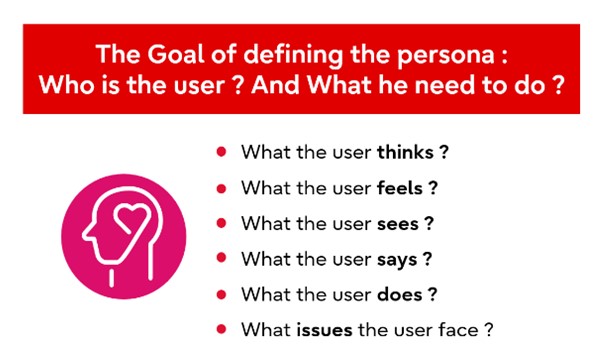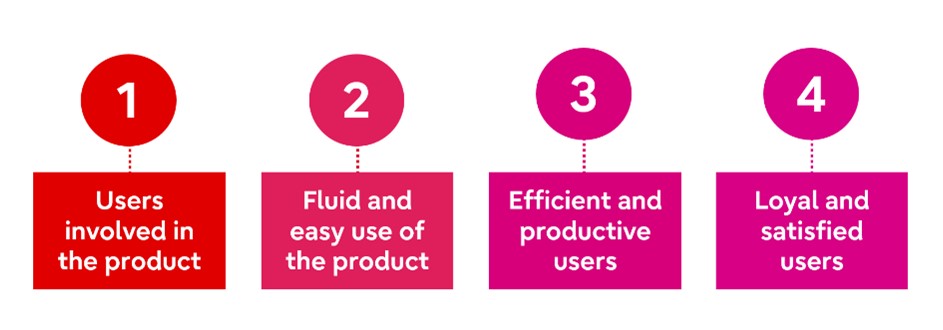Since the late 1990s, user involvement has become central to modern software implementations, including HR. User Experience (UX) is critical because poor design can negatively impact both HR professionals and employees, leading to inefficiencies, frustration, and reduced productivity. This means that adoption rates of the software are lower than desired which frequently makes it hard to realise RoI for the investment. By involving users in the design process, you ensure that systems meet their specific needs, which in turn helps to reduce errors, streamline processes, and improve overall engagement with the system. Conducting a thorough UX analysis ensures the User Interface (UI) design caters to user needs, improving engagement, satisfaction, and usability.
Incorporating UI/UX design early in the development process can significantly reduce costs by identifying issues before they become more difficult and expensive to resolve. Developers and designers work cross-functionally and iteratively to resolve identified issues.
Empathy Workshops
Understanding the personas of both HR professionals and employees is crucial to designing a system that meets their needs. To understand factors such as:
- User Demographics
- Task requirements
- Work Environment
We ask lots of questions such as: - Who they are? What role they have? What are their specific needs for the tasks? How can they know when the tasks are accomplished? How they feel about the tasks? What they usually do to accomplish their tasks? What they hear from other people about the product? In what conditions they do their tasks? What they say? What they see around them?

Key UI and UX Principles
For a product to be successful: the interface must be intuitive, accessible, ergonomic and modern. Poor User Experience of a product may lead to confusion and frustration which will prompt the users leave the interface and search for another option (which could be searching for a competitive product or circumventing a process). A well-built product will be satisfying to use.
Why UX/UI is design essential?
The design interface is crucial but not sufficient
While an appealing user interface is important, it’s not enough on its own. Functionality and usability are crucial to ensure users remain engaged and productive.
Thinking about factors such as task efficiency and cognitive load will help the design of the system to be more appealing and engaging for users. The more intuitive, fluid and based on the user's needs the interface is, the less frustrated the user is. The user needs to feel comfortable with the product, no matter how complex it may be.
Complex, new products, or those that represent new concepts, will need to offer explanatory tools (videos, tutorials, or explanatory sheets) to guide the user in understanding the various aspects of the product. The more satisfied the user is with the product, the more, naturally, they will recommend it (and recommend the brand itself) to the others around them.
Ongoing user feedback and iteration is essential
UX UI Workshops are an ongoing process that help ensure long term success by continuously adapting the product to user needs.
A design process model such as The Design Council’s “The Double Diamond” can provide a useful framework to inform the evolution of the product.
The Double Diamond framework can be applied to almost any product including HR. In an HR context, it could be used to improve an onboarding process. By guiding the two key phases: Discovery and Definition (the first diamond), followed by Development and Delivery (the second diamond).
During the Discovery phase, designers would work with HR professionals and users (new employees) to conduct research to identify the pain points new employees face when using the current onboarding system/process—perhaps they find the process is too complex or lacks essential features. This would involve gathering feedback from new employees and HR teams through surveys, interviews or other research methods to fully understand their needs and pain points.
In the Definition phase, this data is synthesised to define clear problems that need solving, such as simplifying workflows or improving the usability of the onboarding system.
In the Development phase, designers would work on potential solutions, such as creating a more intuitive user interface or automating repetitive tasks, with continuous testing and feedback from stakeholders to ensure the solutions address their needs and align with stakeholder and business requirements.
In the Delivery phase, the solutions are implemented, and the HR system is rolled out with the improved onboarding process.
Having a process for iteration and development helps the organisation to continue evolving the system to keep up with modern trends and techniques.

Written by
Naïma Ait Oulahiane
ServiceNow Employee Experience Lead at Fujitsu
Naïma Ait Oulahiane is a seasoned HR professional who has decided to share her passion & knowledge for the function and accompany others to take the tech journey and get the best out of it. Her career spans more than 15 years across a range of industries, leveraging ServiceNow to streamline HR processes. She's adept at designing and deploying ServiceNow solutions, improving efficiency and employee experience.

